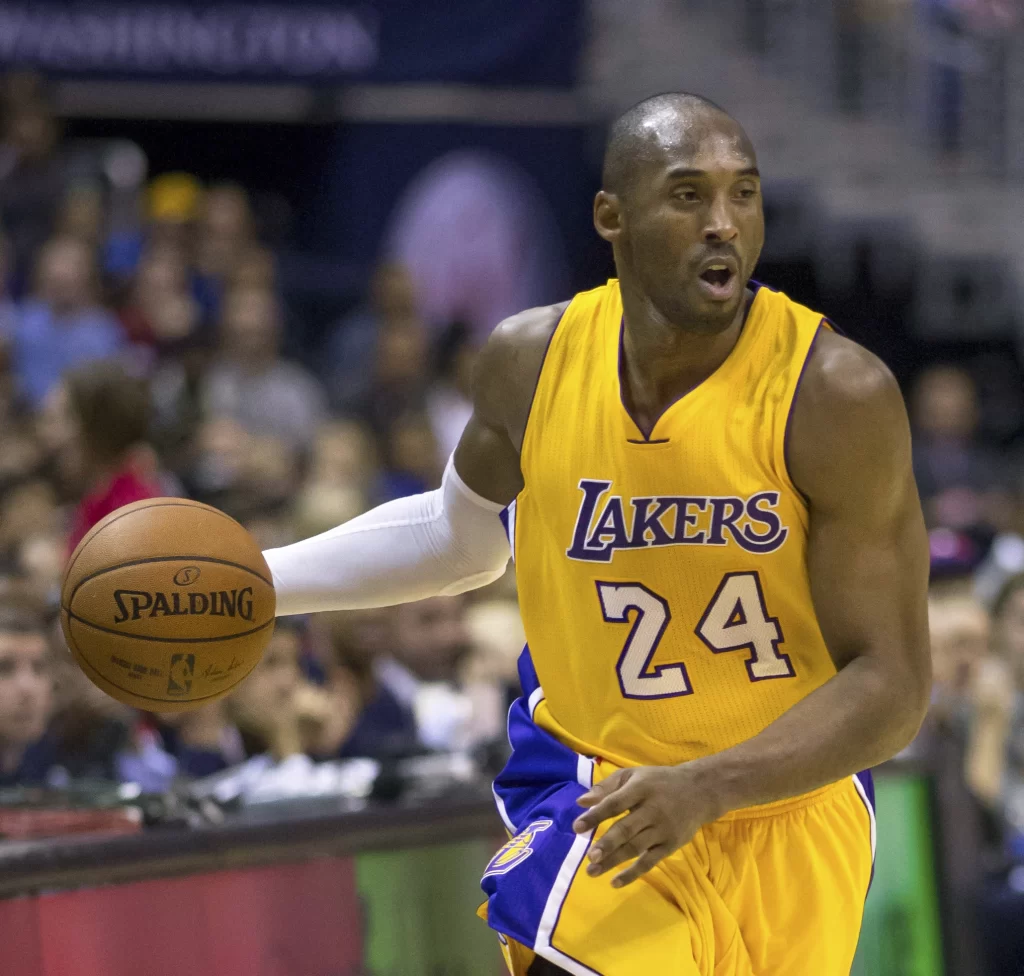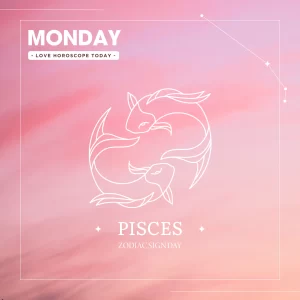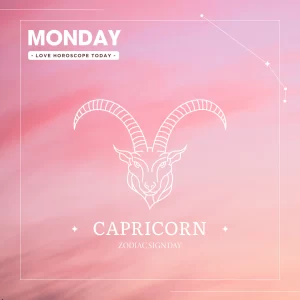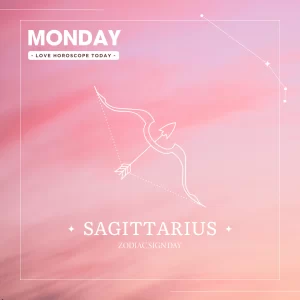
Virgo is among the constellations of the zodiac, known by its Latin name for “maiden,” and characterized by its old astronomical symbol . Positioned between Leo in the west and Libra in the east, it stands as the second-largest constellation in the night sky (only surpassed by Hydra) and holds the title of the largest zodiac constellation. The intersection of the ecliptic and the celestial equator occurs within Virgo, as well as Pisces. Notably, the sun aligns directly over the equator in this constellation during the September equinox. Virgo is readily identified by its brightest star, Spica.
Mythology
In the ancient Babylonian MUL.APIN texts dating back to the 10th century BC, a portion of what is now the Virgo constellation was referred to as “The Furrow,” symbolizing the goddess Shala and her representation of the ear of grain. One specific star within this constellation, Spica, still carries this heritage in its name, as “Spica” is Latin for “ear of grain.” This connection to agriculture and fertility was central to the constellation’s significance. The Virgo constellation in the views of early Greek astronomers was linked to their goddess of wheat and farming, Demeter, while the Romans associated it with their goddess Ceres. Alternatively, the constellation was sometimes identified with the virgin goddess Iustitia or Astraea, who held the scales of justice (now represented by the constellation Libra).[10] Another Greek myth from later antiquity portrayed Virgo as Erigone, daughter of Icarius of Athens, who was transformed into the constellation along with her father. Dionysus, in some versions of the story, is said to have placed them among the stars as Boötes and Virgo, respectively. Additionally, the spring goddess Persephone, daughter of Zeus and Demeter, was associated with Virgo. She married Hades and resided in the Underworld during the summer months.Hyginus’ Poeticon Astronomicon from the 1st century BC identifies Parthenos (Παρθένος) as the daughter of Apollo and Chrysothemis, who died as a maiden and was immortalized as the constellation Virgo.[17] According to another account by Diodorus Siculus, Parthenos was the daughter of Staphylus and Chrysothemis, sister to Rhoeo and Molpadia (Hemithea). After a suicide attempt, Apollo carried her and Hemithea to Chersonesus, where she became a local deity.[18] Strabo mentions the worship of a goddess named Parthenos throughout Chersonesus.[19] During the Middle Ages, Virgo was at times associated with the Blessed Virgin Mary. In Greek mythology, the constellation is also linked to Dike, the daughter of Zeus and the goddess of justice, often depicted holding the scales of justice.
Location
Virgo graces the spring skies of the Northern Hemisphere, remaining visible throughout the nights of March and April. It holds the distinction of being the largest zodiac constellation, with the Sun taking 44 days to traverse its boundaries, a duration greater than any other zodiac sign. This celestial journey occurs from September 16 to October 30 between 1990 and 2062. Virgo occupies the third quadrant of the Southern Hemisphere (SQ3) and is observable within latitudes ranging from +80° to -80°.
Spica, the brilliant star, serves as an excellent guide for locating Virgo. You can easily spot it by tracing the curve of the Big Dipper/Plough to Arcturus in Boötes and then continuing along the same curve, a phrase often remembered as “follow the arc to Arcturus and speed on to Spica.”
Due to the phenomenon of precession, the first point of Libra, also known as the autumn equinox point, lies very close to β Virginis within the boundaries of Virgo. This marks one of the two locations in the sky where the celestial equator intersects the ecliptic, the other being the first point of Aries, now positioned within the Pisces constellation. From the 18th century BC until the 4th century BC, the Sun graced Libra during the autumnal equinox before transitioning into Virgo. In the future, this point will move into the neighboring Leo constellation, expected to occur around the year 2440.
Virgo | Famous NBA players

Kobe Bryant
(1978.8.23)
Kobe Bryant was an iconic American professional basketball player. Born on August 23, 1978, in Philadelphia, Pennsylvania, he spent his entire 20-year career with the Los Angeles Lakers in the National Basketball Association (NBA). Known for his scoring prowess, Bryant was a five-time NBA champion, two-time NBA Finals MVP, and an 18-time All-Star. He was also the youngest player in league history to reach 30,000 career points.
Bryant entered the NBA directly from high school and quickly made a name for himself. Over the years, he established himself as one of the greatest basketball players of all time. Off the court, Bryant also made significant contributions. He won an Academy Award for his animated short film “Dear Basketball” and was involved in various philanthropic activities.
Tragically, on January 26, 2020, Bryant, along with his daughter Gianna and seven others, died in a helicopter crash in Calabasas, California. His untimely death was mourned by fans and fellow athletes worldwide. Today, his legacy continues to inspire many young athletes and basketball enthusiasts around the globe.
In summary, Kobe Bryant was not just a basketball player; he was a legend, an inspiration, and a symbol of excellence in the world of sports. His dedication, passion, and achievements on and off the court will forever be remembered and celebrated.

James Harden
(1989.8.26)
James Harden, born on August 26, 1989, in Los Angeles, California, is an American professional basketball player who has made a significant mark in the NBA. Known for his distinctive beard and exceptional skills on the court, Harden has become one of the most recognizable and influential figures in the world of basketball.
Harden’s journey to NBA stardom began at Arizona State University, where he played for two seasons and earned All-American honors. Recognizing his potential, the Oklahoma City Thunder selected him with the third overall pick in the 2009 NBA draft. During his time with the Thunder, Harden’s talent was evident, and he played a crucial role in helping the team reach the NBA Finals in 2012.
However, it was after his move to the Houston Rockets in 2012 that Harden truly blossomed as a player. He quickly established himself as the team’s leader and became known for his scoring prowess, ball-handling skills, and ability to create plays for his teammates. Over the years, Harden has received numerous accolades, including the NBA Most Valuable Player (MVP) award in 2018. His scoring achievements are particularly noteworthy, with multiple seasons averaging over 30 points per game.
In 2021, seeking a new challenge and an opportunity to win an NBA championship, Harden joined the Brooklyn Nets. Teaming up with other NBA superstars like Kevin Durant and Kyrie Irving, Harden continues to be a dominant force on the court, contributing significantly to the team’s success.
Off the court, Harden is known for his philanthropy and commitment to giving back to the community. He has been involved in various charitable initiatives, focusing on education and the well-being of underprivileged children.
In conclusion, James Harden is not just an exceptional basketball player but also an inspiration to many. His journey from a young boy in Los Angeles to an NBA superstar is a testament to his dedication, hard work, and passion for the game. As he continues to break records and set new standards, Harden’s legacy in the world of basketball is assured.
Related article
Pisces Love Horoscope Today – 2023.12.25
Pisces Love Horoscope Today Pisces Love Horoscope Today With Aries:...
Read MoreAquarius Love Horoscope Today – 2023.12.25
Aquarius Love Horoscope Today Aquarius Love Horoscope Today With Aries:...
Read MoreCapricorn Love Horoscope Today – 2023.12.25
Capricorn Love Horoscope Today Capricorn Love Horoscope Today With Aries:...
Read MoreSagittarius Love Horoscope Today – 2023.12.25
Sagittarius Love Horoscope Today Sagittarius Love Horoscope Today With and...
Read More







